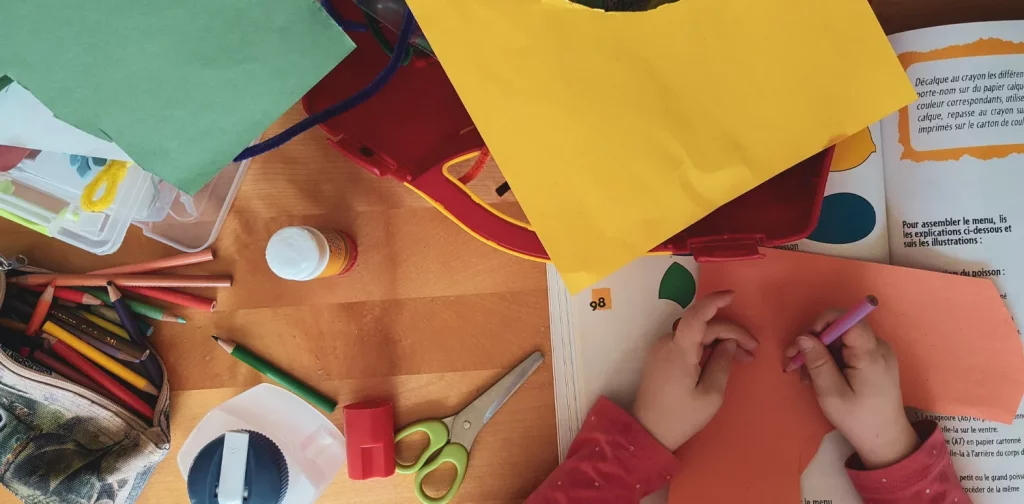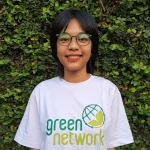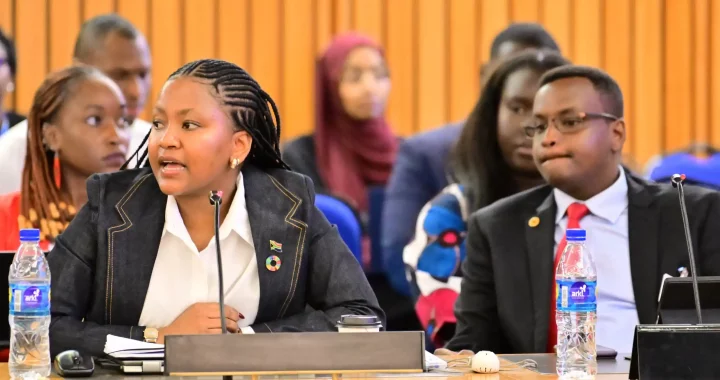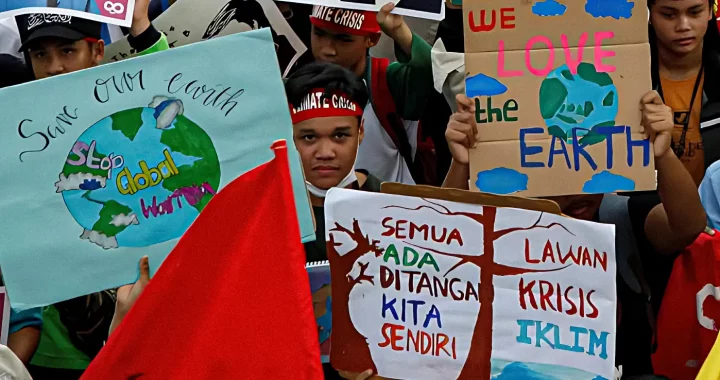How ASEAN Countries Can Provide Inclusive Education for Children with Disabilities

Photo by Sigmund on Unsplash.
Education is one of the foundational aspects of building a better life. Every child deserves a fair chance to study, including children with disabilities. As schools are slowly reopening after the COVID-19 pandemic, a report published by the Economic Research Institute for ASEAN and East Asia (ERIA) shows how ASEAN countries can build an inclusive education for students with disabilities.
What does inclusive mean?
Students with disabilities have been facing barriers to accessing quality education. Out of 240 million children with disabilities worldwide, 49% are more likely to have never attended school, according to UNICEF. The school closure due to COVID-19 has increased the barrier. Therefore, it is crucial to implement inclusive education policies across nations to minimize dropping out once schools fully reopen.
The report titled Inclusive Education in ASEAN: Fostering Belonging for Students with Disabilities examines the ASEAN countries’ progress in inclusive education for students with disabilities. Inclusive education is a learning environment where students can access quality learning adapted to individual learning needs. Under this system, students can obtain valuable skills and a sense of belonging within the learning environment.
Challenges & Opportunities
While most countries show progress and aspirations toward creating inclusive education, challenges persist. The report notes several challenges faced by ASEAN countries:
- Defining disability. While apparent physical disabilities are more readily diagnosed and treated, the challenges lie in meeting the needs of children with intellectual disabilities. In this case, they are prone to be excluded from the education system, especially if the disability is mild and can be misinterpreted as ‘lazy.’
- Familiarity with inclusion principles. Some teachers, parents, and policymakers already recognize the importance of inclusive education. However, they might not be thoroughly familiar with neurodiverse learning and principles of inclusion, including how to adapt a curriculum to students’ needs. It is also crucial for national leaders to use inclusive language publicly and advocate for social, political, and economic inclusion for students with disabilities.
- Learner-centered vs. teacher-centered approach. Centering learning around students’ needs can increase student engagement, support Universal Design for Learning (UDL), and enhance students’ critical and social thinking skills.
Framework for Actions
Creating an inclusive education system is a long-term, national, or regional commitment. Upholding the rights of students with disabilities is essential to prevent them from facing discrimination. The report offers a framework of actions for important stakeholders:
- Schools – Integral in creating safe and welcoming learning environments for students with disabilities, schools should reduce academic expectations post-pandemic, encourage monitoring evaluation through online surveys, shift to a student-centered learning approach, and involve parents of students with disabilities in crafting learning plans.
- Ministry – Leaders must first have an in-depth understanding of the needs of persons with disabilities. Then, they should review current policies and set more inclusive guidelines and policies, provide training for teachers, allocate funds, and advocate for the welfare of students with disabilities in cultural programs.
- ASEAN Member States – National governments should revisit national commitments for inclusive education, monitor implementations of inclusive education programs and goals, and campaign for disability awareness. ASEAN member states should also collaborate in post-COVID-19 recovery by promoting peer learning between countries and sharing good practices.
Read the full report here.
Editor: Nazalea Kusuma
Thank you for reading!
If you find this content useful, join GNA-International Annual Individual Membership and gain unlimited online access to all news and stories, including Exclusive Content that showcases sustainable development and sustainability cross-sectoral insights from multi-stakeholders in governments, businesses, and civil society in the Asia Pacific and beyond. Build your personal and professional capacity in the field of sustainable development and sustainability with Green Network Asia.

Kresentia Madina
Madina is a Reporter at Green Network Asia. She graduated from Universitas Indonesia with a bachelor's degree in English Literature. She has three years of professional experience in editorial and creative content creation, editing, and research.


 Amplifying African Youth Voices in the Consultative Forum
Amplifying African Youth Voices in the Consultative Forum  Between the Lines: Climate Change, Development, and Citizen Science in Vietnam
Between the Lines: Climate Change, Development, and Citizen Science in Vietnam  EU Adopts Right to Repair Law to Support Circular Economy
EU Adopts Right to Repair Law to Support Circular Economy  Developing Countries Need More Than Climate Financing to Decarbonize
Developing Countries Need More Than Climate Financing to Decarbonize  A Global Treaty to End Plastic Pollution is Underway
A Global Treaty to End Plastic Pollution is Underway  Indonesia Needs More “Climate Realists”
Indonesia Needs More “Climate Realists”